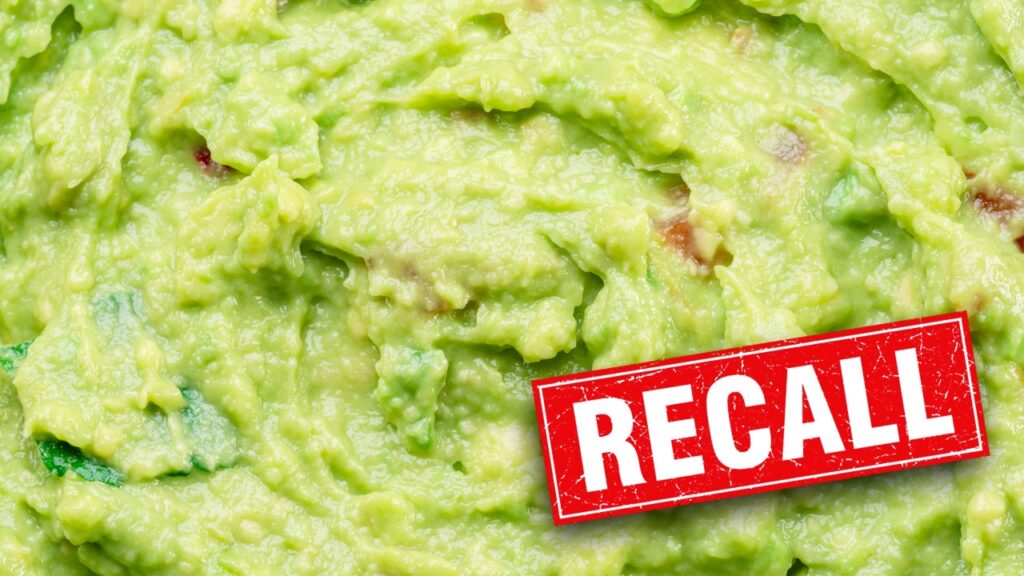:max_bytes(150000):strip_icc():format(jpeg)/shutterstock_253136563-5bfc2b98c9e77c00519aa7a8.jpg)
Transfer Price vs. Standard Cost: An Overview
Accounting is a very important part of business. It is defined as the recording of financial information and transactions of a business or organization. This information is outlined in financial statements prepared by the company for both auditors, regulators, and, in the case of publicly-traded companies, the general public. These statements provide an insight into the financial health of a company, and summarize its operations. Two accounting terms this article will look at are transfer price and standard cost.
While an item’s standard cost can be used to determine its transfer price, the two values are inherently different. An item’s transfer price is the sales price charged for a good or service in a transaction between two entities under common ownership. Its standard cost, on the other hand, is simply the anticipated cost of all of the item’s component parts.
Key Takeaways
- A transfer price is what one division of a company charges another for materials used in the production of goods and services.
- Standard costs are the average or anticipated costs of producing an item under normal circumstances.
- Transfer prices are closely monitored and must be reported on financial statements.
- Standard costs are used to help businesses budget, make predictions for the future, and analyze their performance.
Transfer Price
When one entity purchases goods from another entity under the same ownership, a sales price is charged, just as it would be to an outside customer. This price is called the transfer price. In this case, the sale is made to another entity as part of the production process rather than to the end-user. These prices are generally used when selling goods between divisions of the same company, especially when there are international segments.
Assume companies A and B are two separate divisions of Corporation X, which sells laptop computers. Company A manufactures microchips and assembles the laptops. Company B, on the other hand, is the corporation’s public brand and is responsible for sales. To avoid operating at a loss, company A must charge company B a transfer price for each laptop it purchases to sell to the public. The optimal transfer price is based on a number of factors, including the cost of the item and which entity receives the benefit of profits.
If management believes it benefits the corporation as a whole for company A to realize 100% of the profits, the transfer price is set using the market price of the product.
The transfer price does not differ much from the market price.
For example, if a laptop costs $100 to produce but can sell for $700 on the open market, then company A charges company B $700 per laptop. Company B then sells the finished product to the consumer at or above this same price. Company A absorbs all the costs and profits associated with the production of the item, while Company B essentially breaks even.
Depending on the actual sales price, company B may realize a small profit or loss. While Corporation X’s total profits do not change, it does not encourage Company B to push sales of laptops; there is little to no financial benefit to that entity.
If company B receives the profit generated by the sale of goods, then the transfer price is set using the cost of manufacturing the product, rather than its market value.
Taxing authorities have fairly strict rules and regulations when it comes to transfer pricing policies. They do so in order to keep companies from shifting profits to divisions that are in tax haven countries. Assume that Company A is in a low-tax country and Company B is in a high-tax country, Corporation X can make Company A profitable by charging Company B higher prices, thereby reducing its tax burden.
These prices are monitored closely, and they must be reported in the company’s financial statements for auditors and regulators.
Standard Cost
The standard cost is the average or anticipated cost of producing an item under normal circumstances. In other words, it’s what a business would normally spend to produce goods or services. The standard cost can be adjusted over time to account for variances between the anticipated and actual costs of production. Management would take into account every stage of production and their costs, and then make adjustments accordingly.
Standard costs are divided into three different categories:
- Materials: These are the substances used in the production process to manufacture goods and/or services.
- Labor: The effort it takes from physical and mental effort to produce goods and services.
- Overhead: This represents costs not directly associated with materials or labor in the production process. Regardless of how much the company produces or sells, overhead is a consistent business expense.
Most companies use standard costs for a variety of reasons. First, they include these costs in their operating budgets and profit plans. They are also used to predict for the business’s next fiscal year. Standard costs also act as a way to analyze a company’s performance. By using these costs as a target, businesses can determine whether they are meeting their goals as outlined.
Because the actual cost of manufacturing an individual item can vary due to operational inefficiencies, temporary shortages, or human error, the simplest way to set a cost-based transfer price is by establishing the item’s standard cost.
Using the standard cost method in the above example, Company B would pay Company A $100 per laptop to cover the cost of manufacturing. Company B then sells the laptops at their market value. In this way, company A does not lose money on production, and company B receives 100% of the sales profits. However, as with market-based transfer pricing, the allocation of profits to one entity can discourage other entities from full participation.



